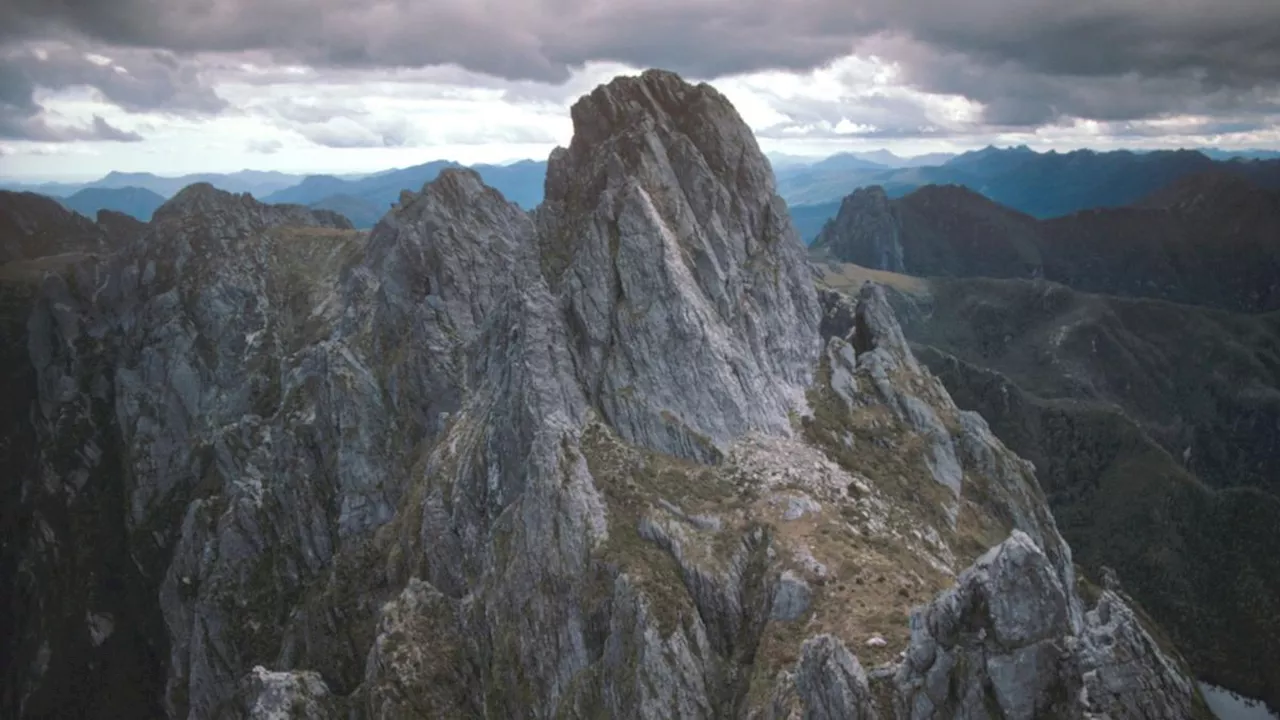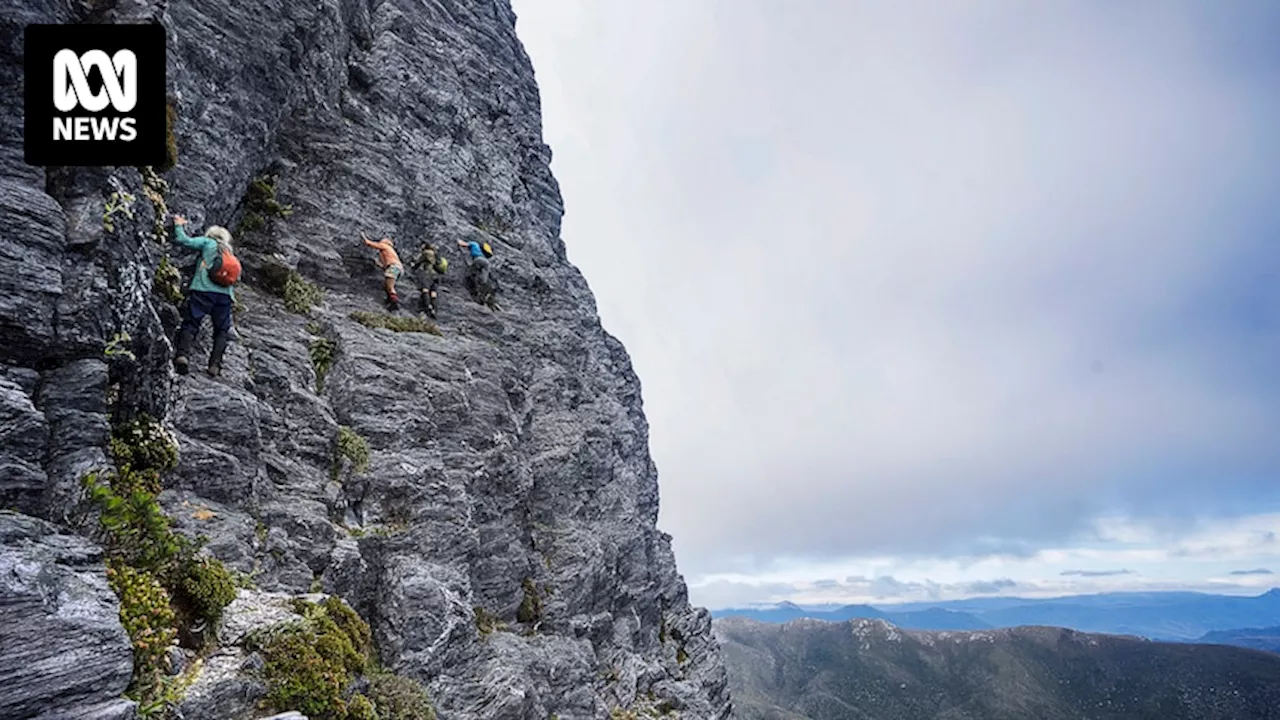This article explores how to achieve peak fitness after 40, emphasizing the need for adaptation in training and recovery strategies. It highlights changes in muscle mass, joint flexibility, and recovery time as we age, providing guidance on exercise selection, intensity, and rest.
Not long ago, 40 was considered over the hill in sports. But we are increasingly seeing athletes such as skier Lindsey Vonn, 40, and climber Chris Sharma, 43, staging midlife comebacks. Peak performance is still within reach for the rest of us, too. You can absolutely be fitter at 40 or 50 than you were at 30 – it will just take effort, says Dr. Elizabeth Matzkin, an orthopedic surgeon at Mass General Brigham Sports Medicine in Boston. “And you have to approach training differently,” she adds.
Many people make the mistake of continuing the same workouts of their 20s into their 40s and beyond, says Dr. Miho Tanaka. But to build resilience in ageing joints, most people need to completely change the way they exercise as they get older. “Your body will adapt, it just takes longer,” she says, especially if you’ve taken a prolonged break from exercise. And strength and cardio are just one part of your overall fitness equation. You might have been able to get away without warm-ups, cool-downs, mobility work and proper sleep and nutrition in your 20s. But they become nonnegotiable as we age, she says.Your muscle mass starts declining in your 30s. Gaining it requires ever more work as you get older, far more so for the body’s fast-twitch muscle fibres, which are responsible for explosive movements such as sprinting, than for slow-twitch endurance muscles. This is why we see more marathoners peaking in their 40s and fewer sprinters, Tanaka says.Also, the tendons and ligaments that support your joints get weaker and more rigid, thanks to the same drop in collagen that causes your skin to wrinkle, she adds. After 40, your body simply can’t handle back-to-back, high-impact activities like in your 20s. But you shouldn’t avoid exercises such as running or jumping altogether. Research suggests that weight-bearing activities, particularly higher-impact exercise, can help stimulate bone growth, which is especially important for women as they enter perimenopause and menopause.But you need to introduce impact gradually. For example, if you’ve never run and decide to tackle a half-marathon, it might take you twice as long to prepare in your 40s as it would have in your 20s.Whether you’re a former collegiate athlete who has taken a couple of decades off or 50-year-old novice inspired to run a 5K, you need to begin by building a foundation. “If you start to incorporate explosive movements, like jumps and sprints, before you have solid muscle strength and stability, you’re going to get injured,” says Amy Schultz, a co-founder of Contra Sports Club, a gym in Los Angeles. In general, the longer it has been since you trained, the longer it takes to build back a base. Plan to work out at least three days a week with two active rest days for three to six months, she says. Focus on cardiovascular endurance, building muscle mass and stability in your core, hips and shoulders. Aim to increase your level of effort slowly – 5 per cent to 10 per cent each month. Once you have a foundation of strength and stability, you can begin to introduce sports-specific training that includes explosive movements, heavier weights and more intensity. Former athletes will undoubtedly progress faster because of muscle memory, which allows them to recall specific motor skills, like swinging a golf club or popping up on a surfboard. Those skills usually return a few weeks after you start using them again, Schultz says.Going all-out every workout might have been fine in university, but it probably won’t lead to gains in your 40s. It takes more time to recover from exercise as you age. Recovery is important during the base-building phase, but you’ll need even more of it when you amp up the intensity. This doesn’t necessarily mean more days off. Each sport has its own demands, but in general, you should cushion your hard training days more as you get older. After sprinting intervals on the track or lifting to the point of failure, say, plan for three moderate training days and one light day, says Mathias Sorensen, an exercise physiologist. Recovery days might include light yoga or low-intensity cardio. A golfer might work on rotational exercises or spinal mobility.No matter your age, those hard workouts should change every few months. Lifting the same weight for weeks on end can lead to a workout plateau. You can mix up the number of repetitions, the load or the amount of rest between exercises, Schultz says. If you need guidance, a personal trainer can help you develop a plan.As you age, warm-ups, cool-downs and a healthy diet become more important, Tanaka says. Activities such as foam-rolling and mobility work are often more useful, too.You also may need to increase your protein intake to repair and rebuild muscle, Schultz says. It’s also important for older exercisers to eat well and limit alcohol consumption, which experts say could be particularly problematic for fitness
AGING FITNESS TRAINING RECOVERY EXERCISE
Australia Latest News, Australia Headlines
Similar News:You can also read news stories similar to this one that we have collected from other news sources.
 How to watch the 'planetary parade' at its peak in Australian skiesSix planets are visible in Earth's skies in what has been labelled a parade of planets — and what is said to be the best night to view it is approaching.
How to watch the 'planetary parade' at its peak in Australian skiesSix planets are visible in Earth's skies in what has been labelled a parade of planets — and what is said to be the best night to view it is approaching.
Read more »
 Bushwalker Dies in Fall from Tasmania's Federation PeakA Victorian man in his 30s died on Monday after falling from a height while bushwalking with two friends at Federation Peak in Tasmania's Southwest National Park. Emergency services located his body on Tuesday morning. This is the third bushwalker death in Tasmania in less than a week.
Bushwalker Dies in Fall from Tasmania's Federation PeakA Victorian man in his 30s died on Monday after falling from a height while bushwalking with two friends at Federation Peak in Tasmania's Southwest National Park. Emergency services located his body on Tuesday morning. This is the third bushwalker death in Tasmania in less than a week.
Read more »
 Bushwalker Dies in Fall from Tasmania's Federation PeakA Victorian bushwalker tragically died after falling from Federation Peak in Tasmania's Southwest National Park. This is the third death of a hiker in Tasmania in the past week and the second at Federation Peak in 2024.
Bushwalker Dies in Fall from Tasmania's Federation PeakA Victorian bushwalker tragically died after falling from Federation Peak in Tasmania's Southwest National Park. This is the third death of a hiker in Tasmania in the past week and the second at Federation Peak in 2024.
Read more »
 Albanese brushes off poll concerns as disapproval ratings peakPrime Minister Anthony Albanese has downplayed concerns over his declining popularity, despite his disapproval ratings reaching new heights ahead of the 2025 federal election.
Albanese brushes off poll concerns as disapproval ratings peakPrime Minister Anthony Albanese has downplayed concerns over his declining popularity, despite his disapproval ratings reaching new heights ahead of the 2025 federal election.
Read more »
 Christian Petracca cracks rib during Melbourne pre-season training as injury woes continueMelbourne superstar Christian Petracca suffers a cracked rib during AFL pre-season training session, setting back his bid to recover from last season's horror injury.
Christian Petracca cracks rib during Melbourne pre-season training as injury woes continueMelbourne superstar Christian Petracca suffers a cracked rib during AFL pre-season training session, setting back his bid to recover from last season's horror injury.
Read more »
 The Price of K-Pop Stardom: A Look Inside the Grueling World of Idol TrainingA documentary delves into the lives of seven young aspiring K-pop idols as they undergo intense training and face the pressure to succeed in South Korea's highly competitive music industry.
The Price of K-Pop Stardom: A Look Inside the Grueling World of Idol TrainingA documentary delves into the lives of seven young aspiring K-pop idols as they undergo intense training and face the pressure to succeed in South Korea's highly competitive music industry.
Read more »
